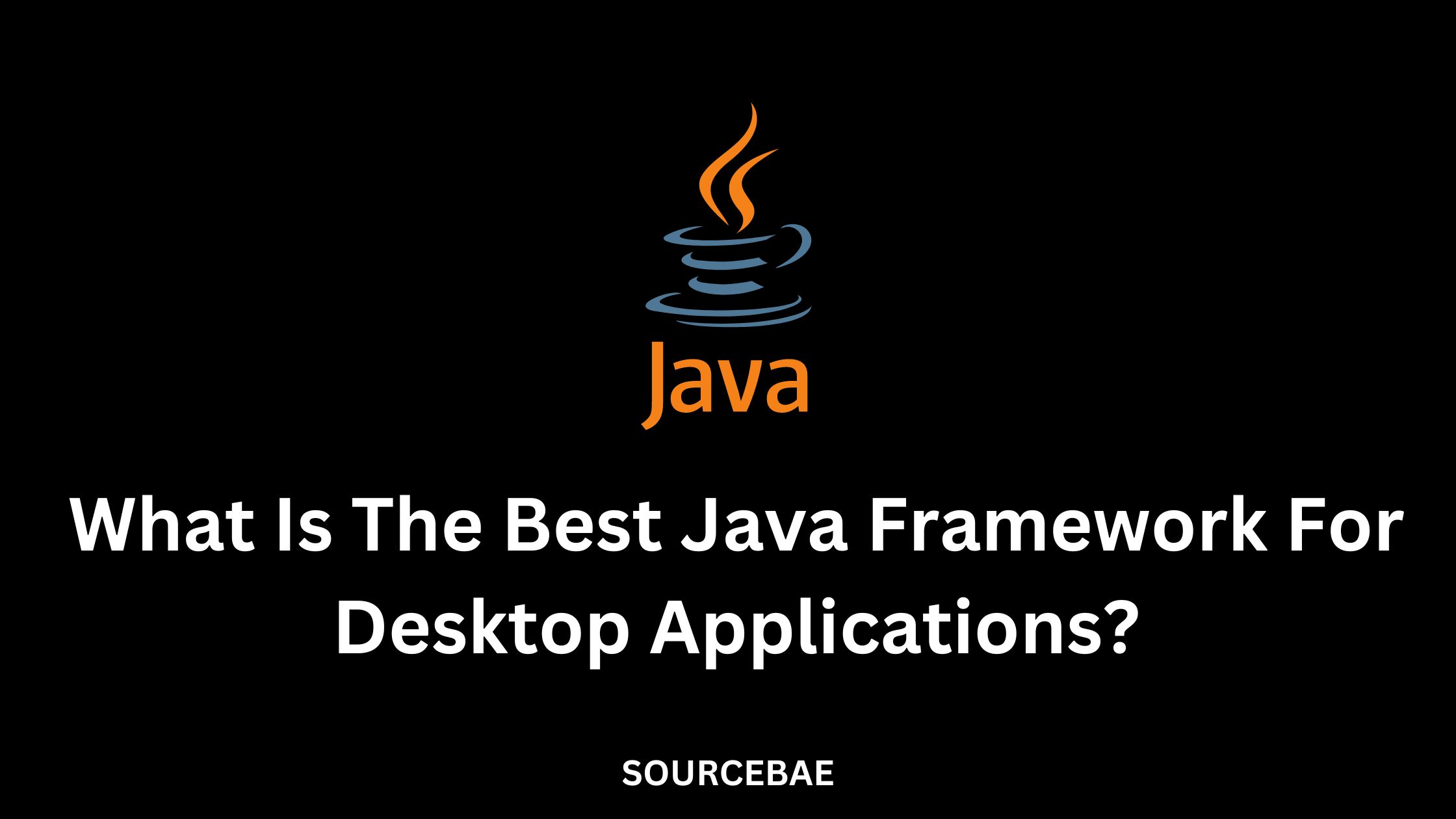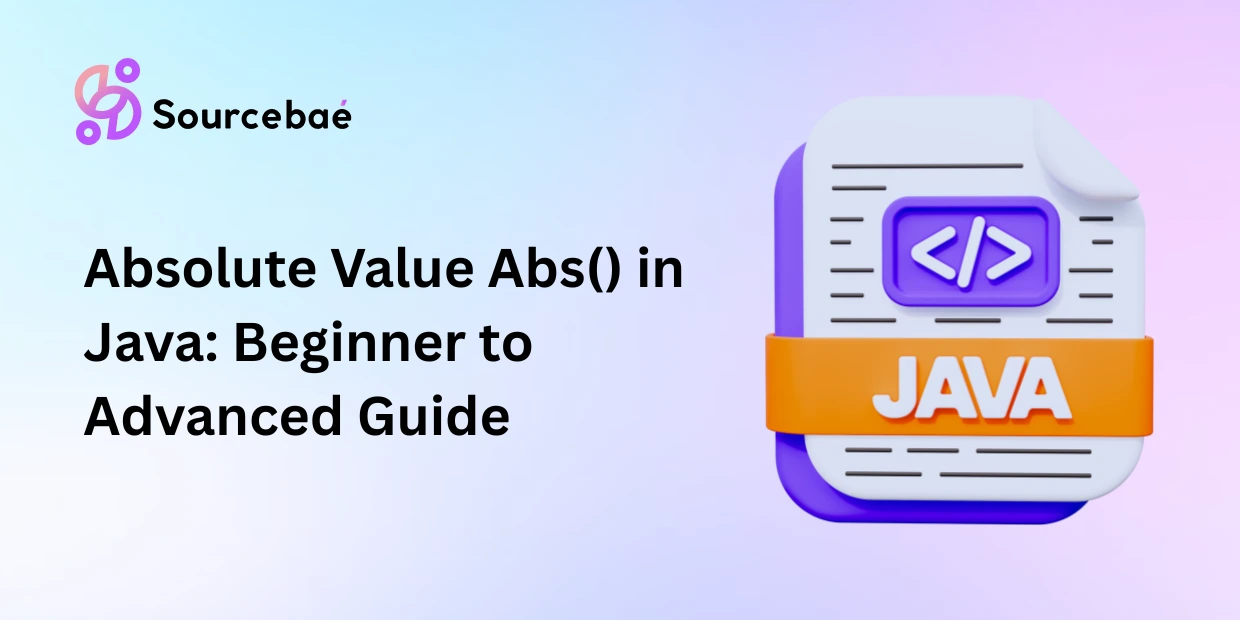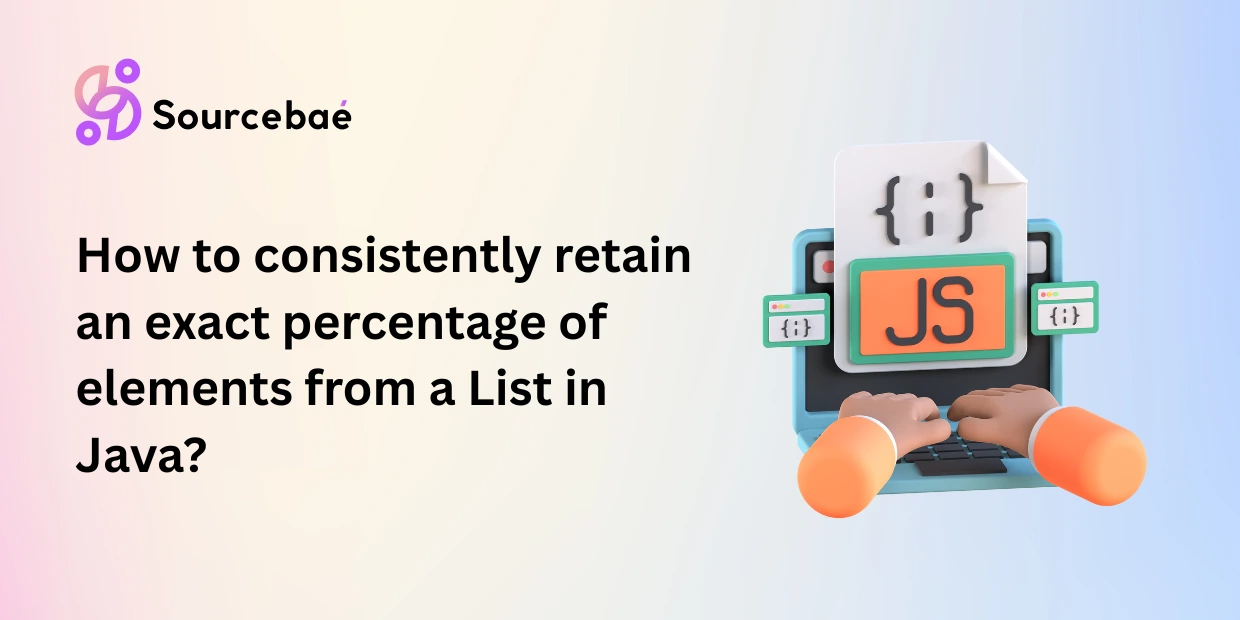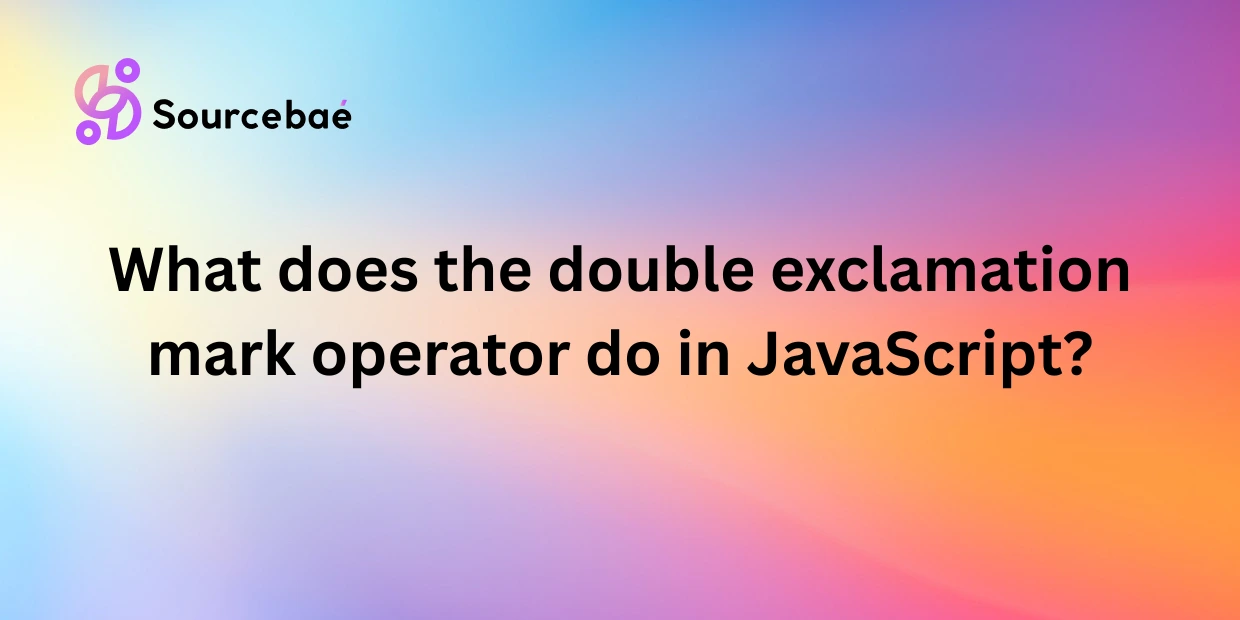Developing desktop applications in Java has been a popular choice for developers due to its platform independence, robustness, and extensive libraries. However, choosing the right Java framework can be a daunting task, considering the multitude of options available. In this article, we will explore the best Java framework for desktop applications, providing you with a detailed analysis of each framework to help you select the one that best suits your needs.
What Is The Best Java Framework For Desktop Applications?
When it comes to choosing the best Java framework for desktop applications, several factors come into play, such as performance, scalability, ease of use, community support, and available features. Let’s delve into the top contenders:
1. JavaFX – The Versatile Choice
JavaFX is a powerful and versatile framework for building visually appealing desktop applications. With its rich set of UI controls, smooth animations, and support for multimedia, JavaFX allows developers to create stunning user interfaces. Its compatibility with Java and seamless integration with popular IDEs like Eclipse and IntelliJ make it an excellent choice for both beginners and seasoned developers.
2. Swing – A Time-Tested Classic
Swing, part of the Java Foundation Classes (JFC), has been a go-to framework for Java desktop applications for decades. Despite the rise of newer frameworks, Swing remains relevant due to its stability and extensive support. With Swing, developers can create cross-platform applications that run smoothly on different operating systems.
3. AWT (Abstract Window Toolkit) – The Foundation
AWT, the oldest Java GUI toolkit, serves as the foundation for both Swing and JavaFX. While it lacks some advanced features, AWT provides a basic set of UI components that work across platforms. For simple applications or as a supporting framework, AWT still finds its place in the Java desktop application development landscape.
4. Apache Pivot – Focused on Productivity
Apache Pivot is an open-source framework that emphasizes productivity and simplicity. It allows developers to build modern desktop applications with minimal effort, thanks to its comprehensive set of pre-built components. Apache Pivot’s integration with XML markup and data binding facilitates rapid development.
5. Java AWT/Swing and JavaFX Integration – Bridging the Gap
To combine the benefits of both AWT/Swing and JavaFX, developers often use the integration of these frameworks. This approach enables access to a wider range of UI components while leveraging JavaFX’s powerful graphics and multimedia capabilities.
6. Vaadin – Empowering Web Developers
Vaadin is unique in its approach as it allows developers to build desktop applications using web technologies like HTML, CSS, and JavaScript. With Vaadin, web developers can leverage their existing skills to create feature-rich and responsive desktop applications.
7. SWT (Standard Widget Toolkit) – Native Look and Feel
SWT, developed by Eclipse, provides a native look and feel to Java applications, blending seamlessly with the underlying operating system. Its lightweight nature and direct integration with native components contribute to its efficiency and performance.
8. Java Native Access (JNA) – Bridging Native Libraries
Java Native Access (JNA) is not a full-fledged framework, but it deserves a mention for its ability to bridge Java applications with native libraries. Developers can access dynamic link libraries (DLLs) and shared objects (SOs) directly, enhancing the application’s capabilities.
9. Griffon – Embracing Convention over Configuration
Griffon follows the principle of convention over configuration, streamlining the development process. It leverages the Groovy language to provide a high level of abstraction and simplify desktop application development.
10. Java SWT/JFace and Swing Integration – Expanding Possibilities
By integrating SWT/JFace with Swing, developers can combine the native look and feel of SWT with the rich UI components of Swing, opening up new possibilities for desktop application development.
FAQs
FAQ 1: What Are the Main Factors to Consider When Choosing a Java Framework for Desktop Applications?
When selecting a Java framework for desktop applications, several key factors should be considered, such as:
- Purpose and Scope: Determine the specific requirements of your application and ensure that the framework aligns with your project’s scope.
- Performance: Evaluate the framework’s performance and responsiveness to guarantee a smooth user experience.
- Community Support: Check the size and activity of the framework’s community to ensure you can find help and resources when needed.
- Platform Independence: Ensure the framework allows for cross-platform development, so your application can run on various operating systems.
- Learning Curve: Assess the learning curve of the framework and whether it matches your team’s skill level.
- Updates and Maintenance: Consider the frequency of updates and maintenance to ensure the framework stays relevant and secure.
FAQ 2: What Are the Advantages of JavaFX over Swing?
JavaFX offers several advantages over Swing, including:
- Rich UI Components: JavaFX provides a more extensive set of UI controls and modern styling options.
- Scene Builder: JavaFX allows developers to design UIs visually using Scene Builder, enhancing productivity.
- Animation Support: JavaFX has built-in support for smooth animations and transitions.
- Web Integration: JavaFX can integrate with web technologies, making it easier to combine web and desktop features.
FAQ 3: Can I Use JavaFX and Swing Together?
Yes, you can use JavaFX and Swing together in the same application. By leveraging the SwingNode class, JavaFX applications can embed Swing components seamlessly.
FAQ 4: Is Vaadin Suitable for Desktop Application Development?
Yes, Vaadin is suitable for desktop application development, especially for web developers familiar with HTML, CSS, and JavaScript. It allows them to create desktop applications using their existing skill set.
FAQ 5: Does SWT Offer Native Look and Feel for Desktop Applications?
Yes, SWT provides a native look and feel for desktop applications, ensuring a consistent user experience across different platforms.
FAQ 6: Can I Use Java Native Access (JNA) for Cross-Platform Development?
Yes, JNA allows developers to access native libraries and functions on various platforms, enabling cross-platform development.
Conclusion
Choosing the best Java framework for desktop applications can significantly impact your development process and the end-user experience. We’ve explored various top Java frameworks, each offering unique features and advantages. Whether you prefer the versatility of JavaFX, the stability of Swing, or the simplicity of Apache Pivot, there’s a perfect fit for your project’s needs.
When making your decision, consider factors like performance, platform independence, ease of use, and community support. Also, don’t forget to assess your team’s expertise and familiarity with the framework. By doing so, you can confidently select the best Java framework that aligns with your development goals.
Remember, the success of your desktop application lies in the hands of the framework you choose. So, take your time, explore your options, and embark on a development journey that will lead to a stellar desktop application.






